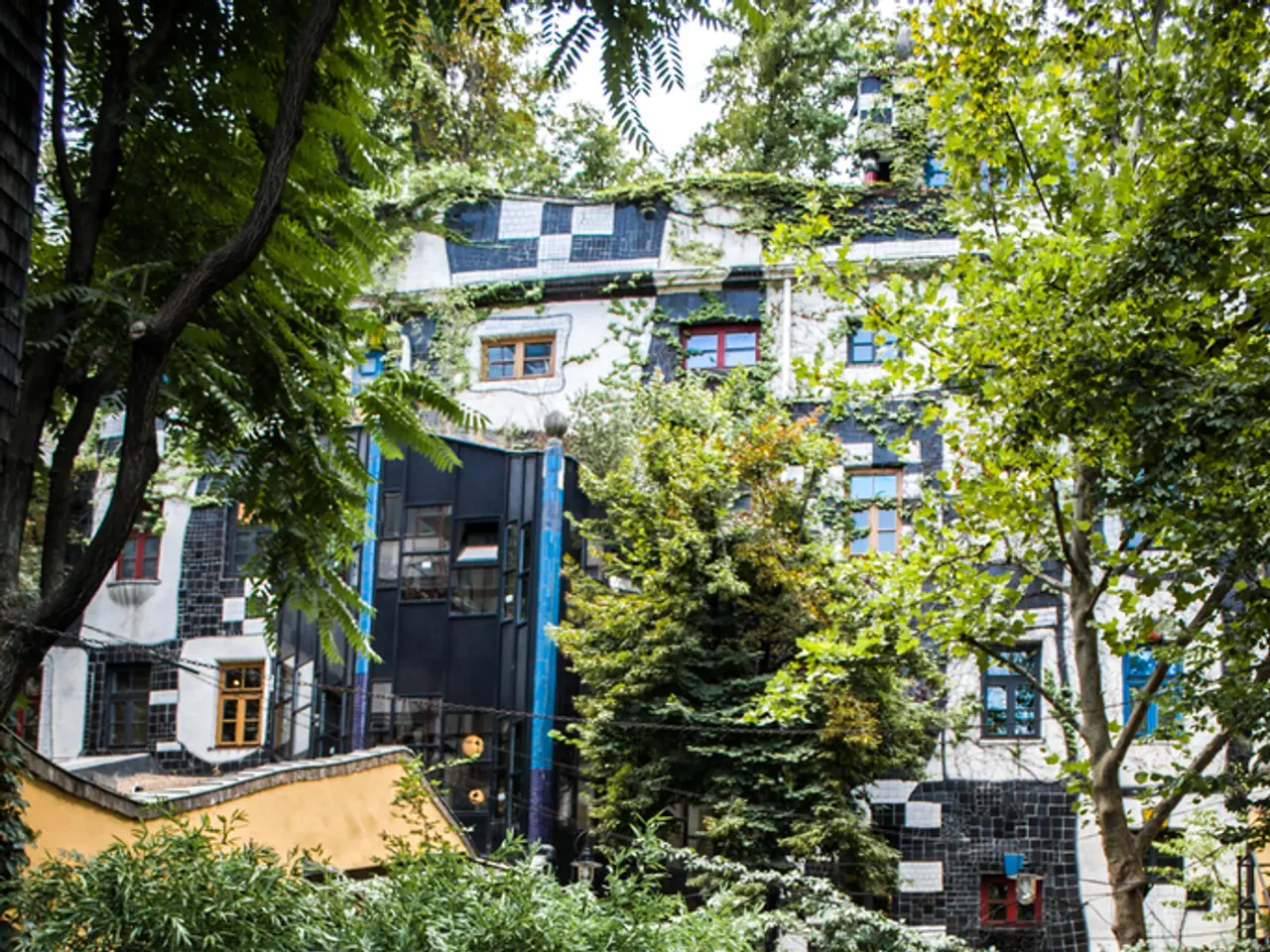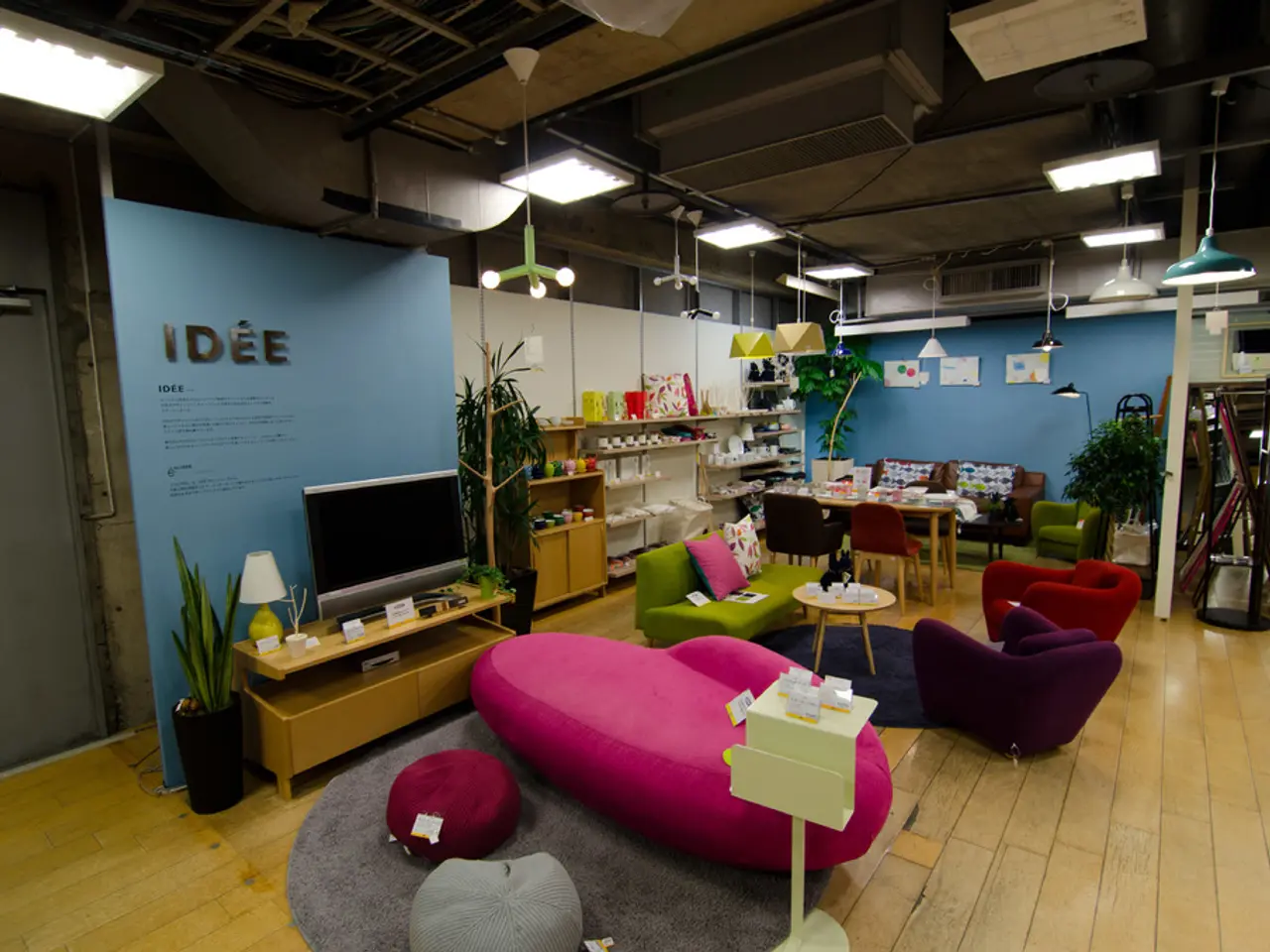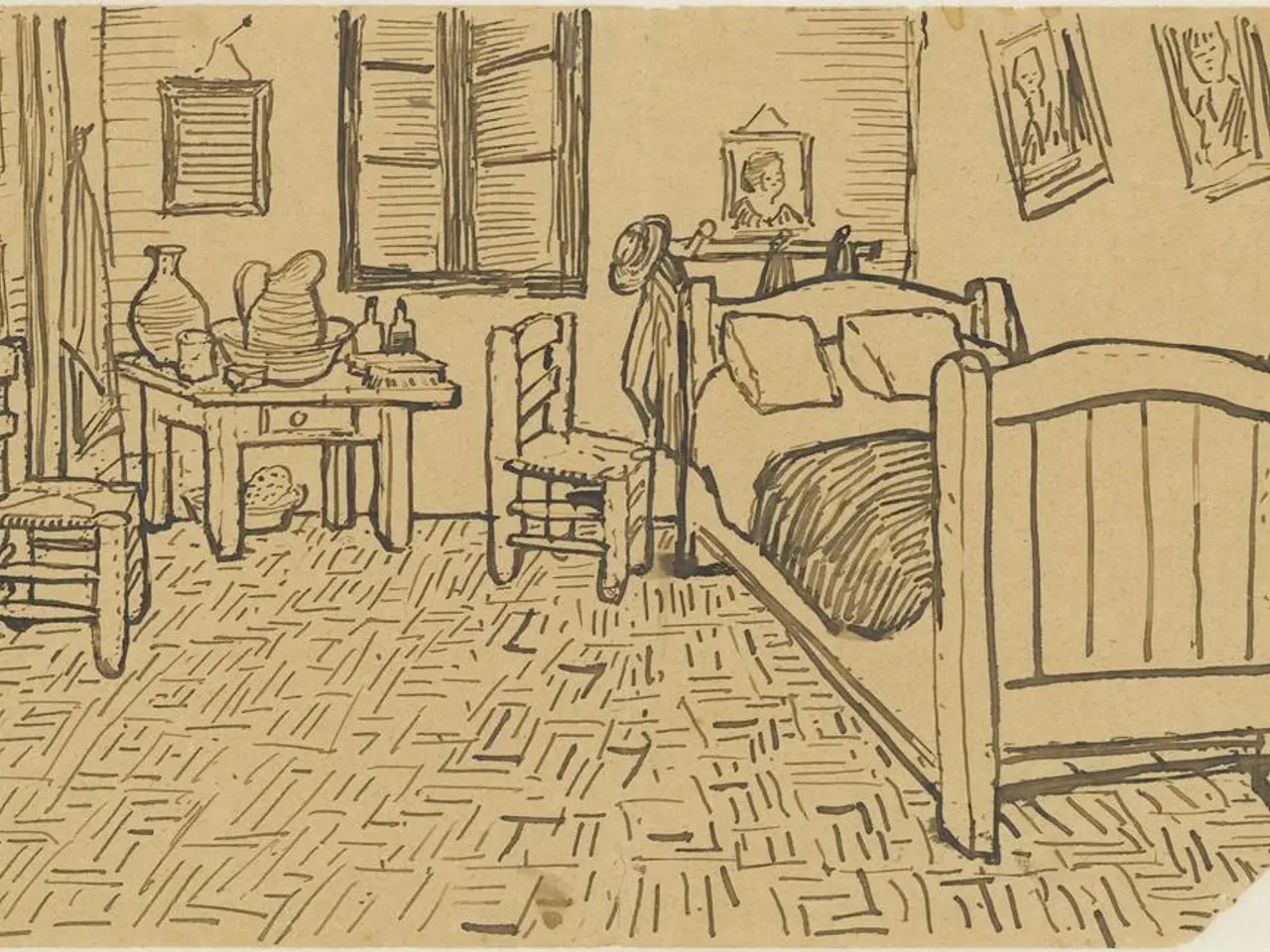Strategies Landscape Architects in London Utilize to Create a Cooler Ambiance in City Gardens
In the heart of bustling cities, gardens can serve as oases of tranquility and comfort. However, urban gardens face unique challenges, particularly the urban heat island (UHI) effect, which causes cities to be significantly warmer than surrounding rural areas. To combat this issue, effective strategies focus on increasing vegetation, reducing heat-retaining surfaces, and leveraging water features to cool the air.
**1. Prioritizing Shade with Multi-Level Planting**
Using trees, vines, shrubs, and groundcover in layered arrangements creates natural shade, reducing direct solar radiation on surfaces and cooling the air through evapotranspiration. Multi-level planting mimics natural ecosystems and provides more effective cooling than single-layer greenery[1][3].
**2. Replacing Hard, Heat-Absorbing Surfaces with Permeable, Cooler Materials**
Traditional urban materials like concrete, brick, and paving slabs absorb and store heat, releasing it slowly and intensifying the UHI effect. Using permeable materials such as gravel gardens, clay pavers with spacing, or porous surfaces allows water to infiltrate soil, cools the environment, and supports plant health[1]. Balancing solid and soft landscaping reduces overall heat buildup.
**3. Incorporating Water Features for Evaporative Cooling**
Water features like fountains, small ponds, or even ceramic bowls can cool surrounding air through evaporation. This natural cooling effect can make urban gardens noticeably cooler, especially during hot weather, while also creating calming sounds and attracting wildlife[1][3].
**4. Installing Green Walls (Living Plant Walls)**
Green walls can reduce ambient air temperatures by up to 8 °C (15 °F) in dense urban areas by providing shading, evapotranspiration, and insulating surfaces. Increasing the density of plant coverage (leaf area index) dramatically enhances their cooling effectiveness. Vertical gardens are especially valuable on buildings up to around 20 meters tall and in narrow street corridors where space for horizontal planting is limited[2].
**5. Utilizing Cool Color Palettes and Reflective Paints**
Although not the primary method, painting surfaces in lighter and cooler colors can reflect more sunlight and reduce heat absorption, contributing to a cooler garden microclimate[1].
**6. Maximizing Green Roofs and Vegetated Surfaces**
Green roofs and rooftop gardens shade building surfaces and cool through evapotranspiration, sometimes reducing roof temperature by dozens of degrees and cutting peak indoor heat significantly. Even small rooftop vegetation patches can contribute to urban cooling in dense areas[3].
**7. Employing Local Trees and Native Plants**
Planting native shade trees such as ficus, neem, or lokta helps cool ground-level microclimates, supporting biodiversity and resilience. Urban tree planting contributes both shade and transpiration cooling, improving comfort in public and private spaces[3][4].
By integrating these strategies—focusing on shading, permeable and vegetated surfaces, and water features—urban gardens can effectively reduce local temperatures, mitigate the urban heat island effect, and create more comfortable, climate-resilient living spaces[1][2][3][4].
Notable landscape designer Georgia Lindsay, based in London, is known for creating innovative, bold designs for outside spaces. Her work demonstrates that smart garden design is no longer just about aesthetics; it's about livability, providing elegant, effective ways to beat the heat in urban environments. Vertical layering of trees, shrubs, and ornamental grasses in urban gardens helps regulate heat and improve airflow. Plants release water vapour into the air through a process called transpiration, subtly lowering surrounding temperatures. Ferns, hostas, and hydrangeas, when planted in shadier areas, contribute to the moisture content of the air, creating a more balanced and comfortable environment.
Hard surfaces in cities absorb and retain heat during the day, then slowly release it through the night. These permeable materials also support soil biology and root systems, benefiting plant health. Climbing plants like star jasmine or evergreen honeysuckle can be used to add cooling green coverage to vertical walls and structures.
Urban gardens are effective tools for pushing back against rising city temperatures, offering a green and cool alternative to the concrete jungle.
- To further enhance the cooling effects, introducing environmental-science inspired strategies like vertical gardens, known as living plant walls, can reduce ambient air temperatures by up to 8°C (15°F) in urban areas [2].
- Adopting a lifestyle that echoes the principles of home-and-garden and gardening, such as employing cool color palettes and reflective paints on outdoor furniture or walls, can help reflect more sunlight and reduce heat absorption [1].
- In conjunction with planting native trees, incorporating art installations made from recycled materials can serve not only as aesthetic elements but also as heat-absorbing structures to cool the urban climate-change influenced environment [5].
- A fusion of science and art in urban gardens can help create a harmonious blend of aesthetics and functionality, as demonstrated by Georgia Lindsay's innovative use of multi-tiered planting arrangements that juxtapose art installations with greenery, resulting in reduced local temperatures and vibrant, tranquil spaces [6].




